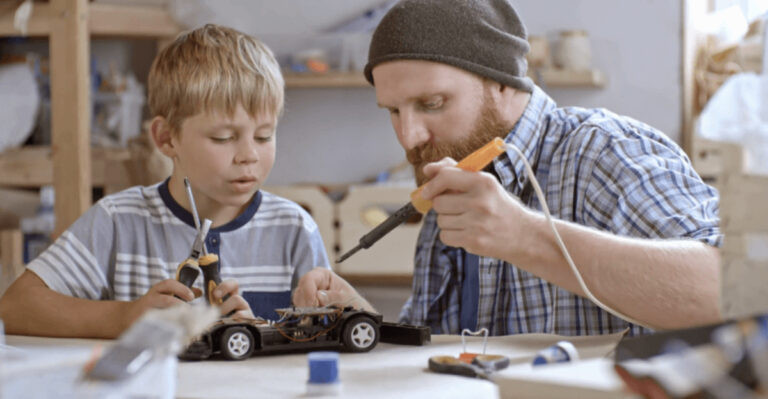16 Parenting Methods From the ’80s That Would Raise Eyebrows Today
The ’80s were a time of neon colors, cassette tapes, and parenting styles that would undoubtedly raise eyebrows today. Back then, children roamed freely, and rules were quite different from what they are now.
While some may feel nostalgic about those days, others might be surprised at the liberties taken in parenting. Let’s explore 16 methods from that era that probably wouldn’t stand in today’s parenting blogs.
1. Letting kids roam the neighborhood until sunset with zero check-ins

In a time before smartphones and GPS, children were often seen wandering the neighborhood until the streetlights came on. Parents trusted that their kids would return home safely, enjoying the freedom of unstructured play. Neighborhoods were considered safe havens.
Children formed their own rules and games, fostering independence and camaraderie. This unsupervised play allowed them to explore boundaries and learn risk-taking. However, today’s parents might gasp at the lack of supervision.
The shift in societal norms and perceptions of safety has transformed this once-common practice into a rarity. Helicopter parenting and technology-driven oversight have replaced the carefree afternoons of the past.
2. Riding in the front seat—or the back of a pickup—at age 7
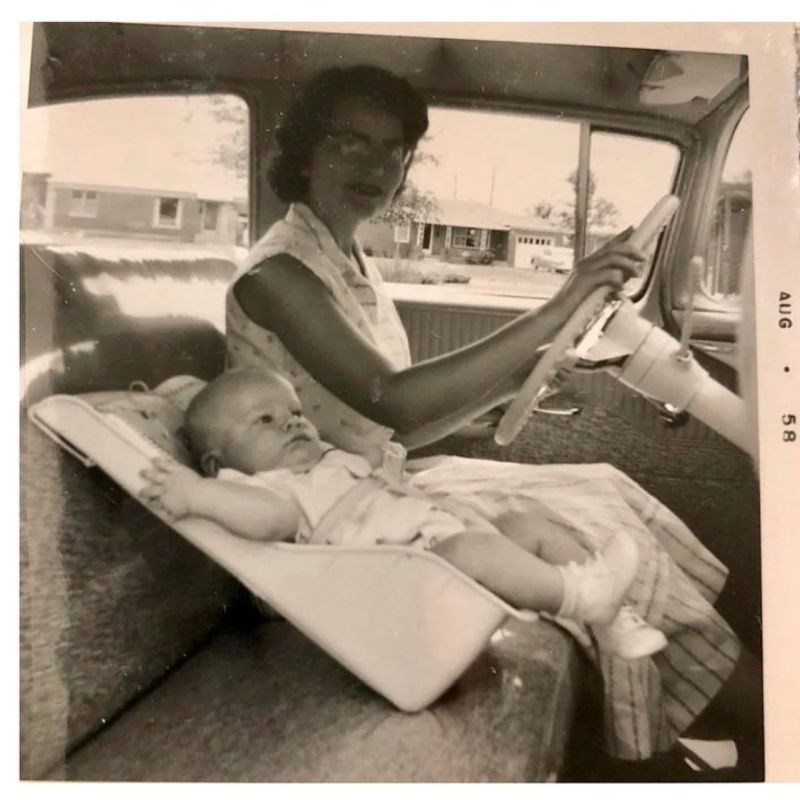
Before stringent car seat and seatbelt laws, it was quite normal for young children to ride shotgun or even in the open bed of a pickup truck. It was a scene straight out of a family road trip movie, with hands in the air and wind in their hair. Safety? That was hardly a concern.
Parents saw it as an adventure rather than a risk. Kids loved the thrill of the open road and the feeling of being grown-up.
Today, strict regulations ensure children’s safety, making this memory a relic of the past. The idea of a seven-year-old in the front seat would likely cause a modern-day parent to shudder.
3. Spanking being a totally acceptable form of discipline
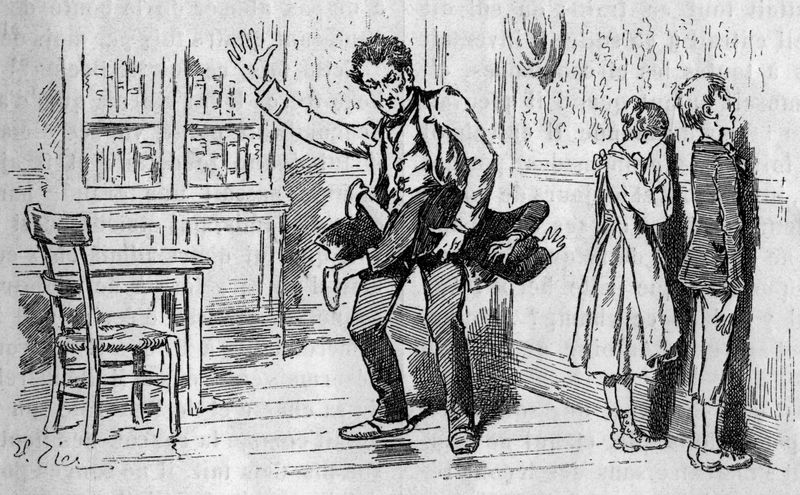
Back then, spanking was not just a disciplinary measure; it was almost a rite of passage. Parents believed it taught respect and obedience. The philosophy was simple: Spare the rod, spoil the child.
This tough-love approach was widely accepted and even encouraged, seen as a way to instill good behavior. Emotional reflection was rarely part of the process.
Fast forward to today, this method is largely frowned upon, with more emphasis on gentle parenting and communication. Society has moved toward understanding children’s emotional needs rather than just focusing on behavior correction.
4. Giving kids lunch money and hoping for the best
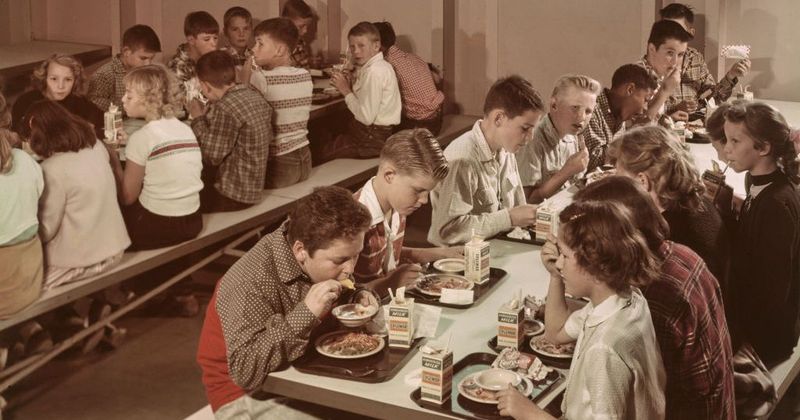
Back in the day, sending kids off with a dollar bill for lunch was the norm. There was little thought about what they might actually eat. Parents trusted kids to make choices from whatever the cafeteria offered, be it pizza, fries, or mystery meat.
The concern was more about a full stomach than nutritional value. Parents assumed schools were offering balanced options, and kids could fend for themselves.
Today’s parents are more likely to pack lunches or scrutinize school menus closely, worrying about sugar and preservatives. The carefree attitude towards lunchtime eating has transformed into a more health-conscious concern.
5. Leaving kids in the car while running errands
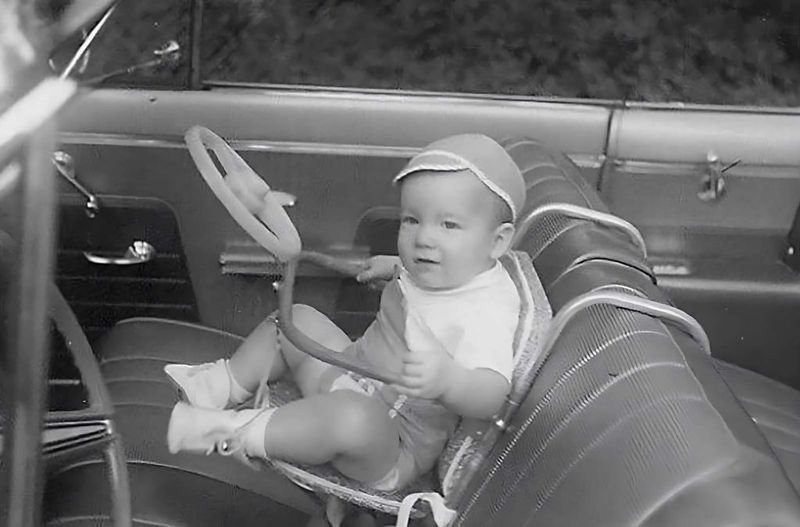
Quick trips to the store often meant leaving the kids in the car, windows down, and doors unlocked. Parents believed it was a safe and convenient option, trusting the world to be as harmless as it seemed.
Children passed the time by playing imaginary games or simply people-watching. Running errands was a breeze without the hassle of buckling and unbuckling car seats.
Today, the very idea could spark a panic attack. Modern parents are hyper-aware of the dangers, from car theft to heatstroke, and laws have caught up to these concerns, making this a bygone parenting tactic.
6. Letting kids bike without helmets—or shoes
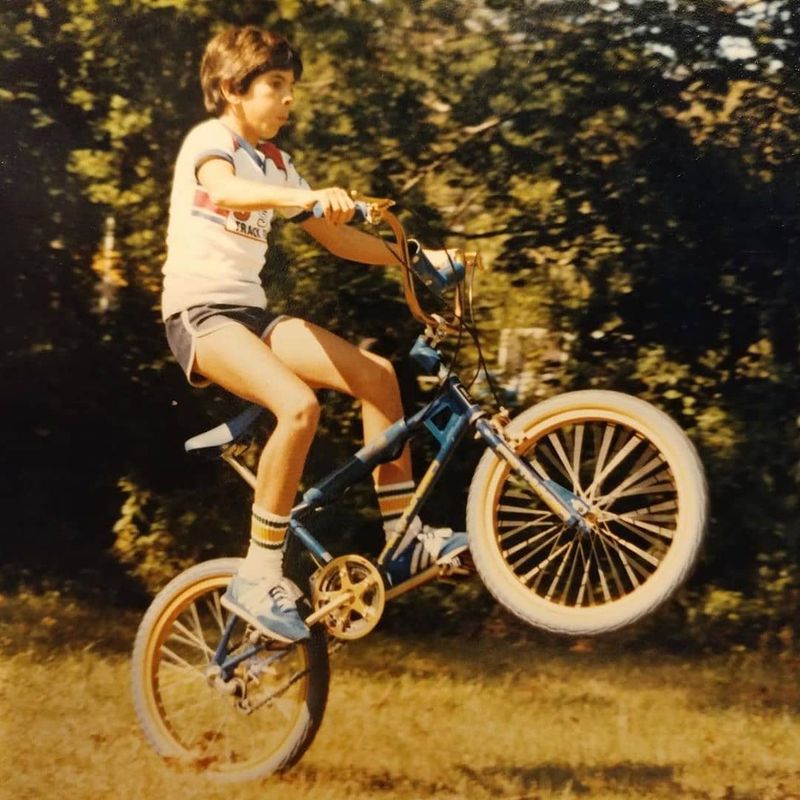
Cycling was the epitome of childhood freedom, and helmets were seen as unnecessary accessories. Kids biked barefoot, feeling the ground beneath their feet, their hair flowing in the wind. It was an exhilarating experience that screamed independence.
Parents believed it built resilience, a little scrape or bruise was a badge of honor. The idea of helmets seemed overly cautious and somewhat comedic.
Today, helmets are mandatory, and such carefree biking is almost unthinkable. Safety gear is a must, and parents are much more cautious about letting their children roam freely on two wheels.
7. Drinking from the hose like it was a health tonic
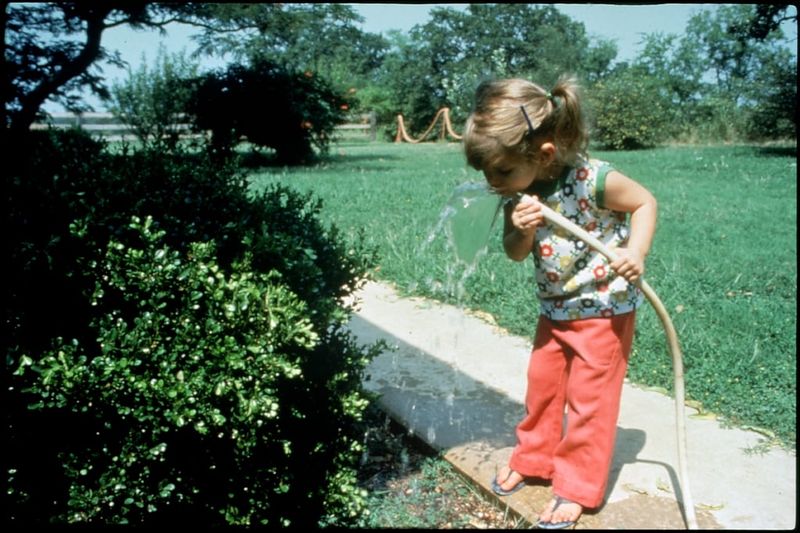
Warm summer days were incomplete without a thirst-quenching gulp from the garden hose. It was the original hydration station, always available and oddly satisfying. Kids saw it as a mini adventure, competing to get the first sip.
Parents never worried about contaminants or bacteria. It was water, and water was good. The taste of hose water was almost a rite of passage.
Nowadays, concerns about water quality and potential health risks make this a nostalgic memory rather than a current practice. Bottled water and filtered options have replaced this simple pleasure of childhood.
8. Calling anything that wasn’t a physical wound “drama”
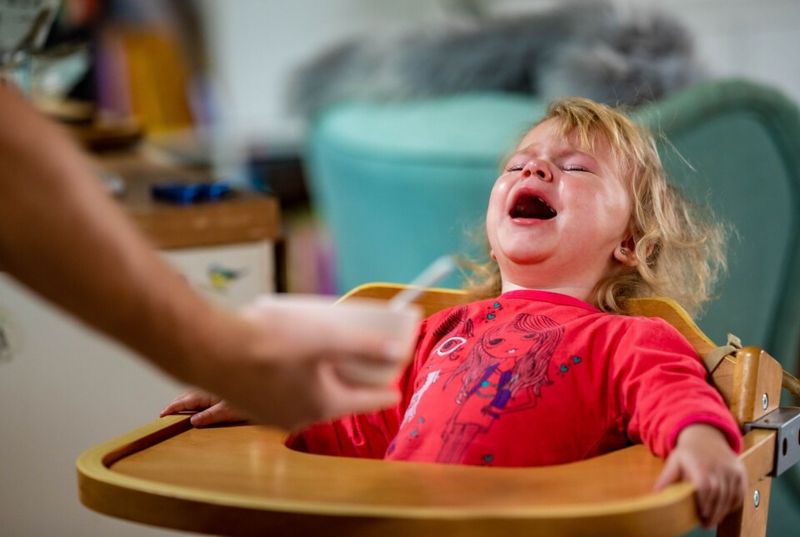
Emotional struggles were often labeled as ‘drama’ or ‘seeking attention.’ Kids were encouraged to toughen up and move on. Feelings were not given much space in the household dialogue.
Parents believed in the stiff upper lip approach. Tears over small matters were dismissed, and resilience was the expected norm. It was a different time, where emotional awareness was not at the forefront.
Today, mental health is taken seriously, with parents encouraged to nurture emotional intelligence. The recognition of feelings as valid and important marks a significant shift from the practices of the past.
9. No sunscreen, seatbelts, or supervision at the pool

Summers were all about pool days, and sunburns were badges earned for fun had. Sunscreen was optional, and seatbelts were an afterthought. Parents trusted lifeguards to keep an eye on things.
The pool was a place of laughter, cannonballs, and endless games. Kids ran wild under the sun’s rays, oblivious to any potential dangers.
In contrast, today’s parents are vigilant about sunblock, flotation devices, and constant supervision. The carefree abandon of the past has been replaced by a focus on safety and responsibility.
10. Allowing TV to babysit for hours—unsupervised
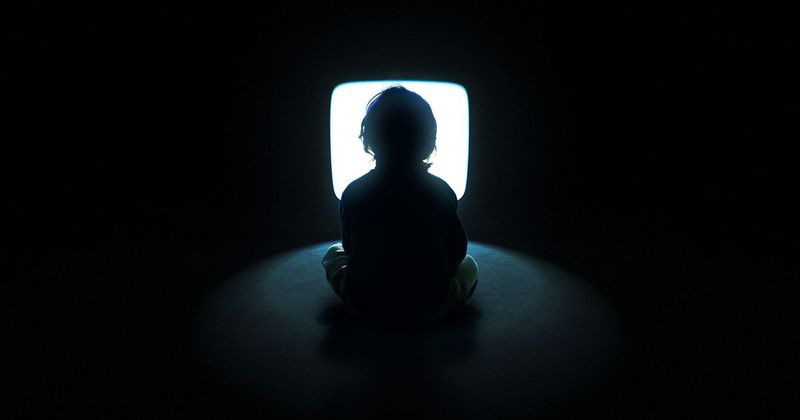
Television was the trusted babysitter of the ’80s. Kids spent hours glued to the screen without a second thought from parents. It was a convenient distraction and a way to keep kids occupied.
Cartoons and shows filled hours of otherwise unstructured time. Parents saw it as harmless entertainment, not considering the impact of excessive screen time.
Today, screen time is monitored closely, with a focus on educational value and limited hours. The once beloved babysitter has now become a point of contention among parenting communities.
11. Expecting older siblings to basically co-parent
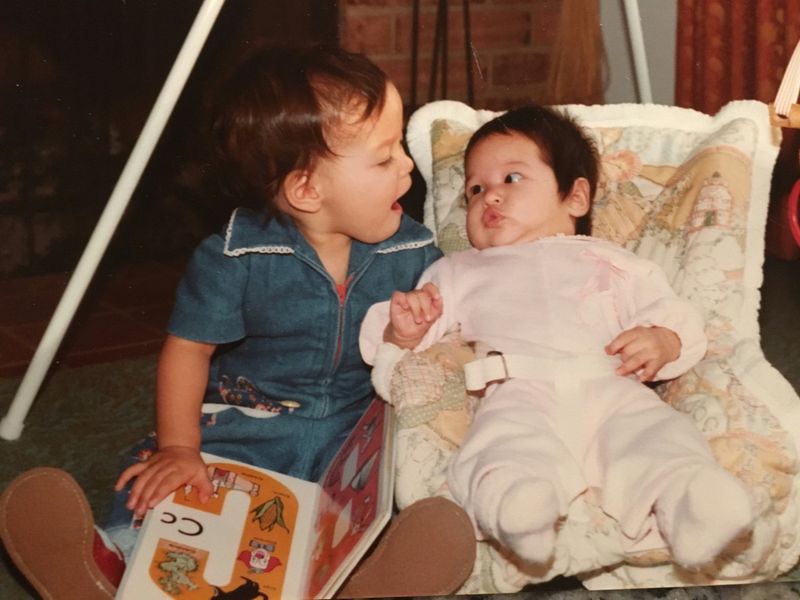
Older siblings often took on the role of co-parent, managing younger brothers and sisters with a sense of authority. It was an unspoken expectation that they would step up when needed. Teenagers balanced school, social life, and the demands of a surrogate parent role.
Nowadays, the focus is on sharing responsibilities equitably. The burden of parenting is not placed on older children, allowing them to enjoy their teenage years without additional stress.
12. Packing kids into cars with no booster seats in sight

Road trips were synonymous with cramped backseats and zero booster seats. Kids were packed in like sardines, sometimes sitting on laps or leaning over the front seat.
The journey was part of the adventure, with sing-alongs and car games. Safety measures were minimal, and seatbelt use was inconsistent.
Today, car safety regulations are stringent, and booster seats are a must for young children. The transformation in car travel safety reflects a broader awareness and prioritization of child welfare.
13. Punishment without conversation
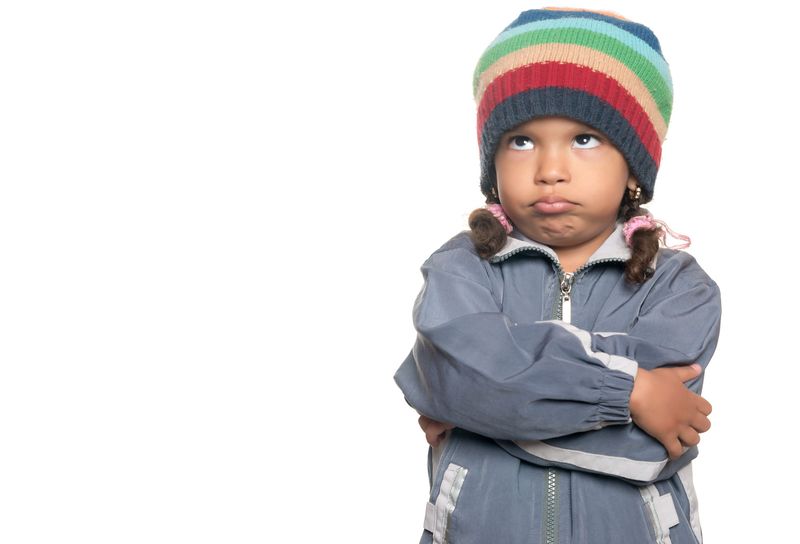
Consequences came swiftly, often without a conversation. Punishments were doled out to correct behavior, not to understand it. The silent treatment or time-outs were common.
Parents believed in quick discipline to maintain order and respect. Explaining the reasoning behind rules was not a priority.
Today, the emphasis is on communication and understanding. Conversations about behavior and consequences are encouraged, promoting a more empathetic approach to discipline.
14. Dismissing mental health as “a phase”

Mental health was rarely discussed and often dismissed as a phase. Teenage angst and mood swings were overlooked as typical growing pains.
Parents encouraged moving past these phases without much consideration for underlying issues. Emotional struggles were seen as temporary hurdles.
In contrast, today’s approach is more supportive, recognizing mental health as a crucial aspect of overall well-being. Therapy and open dialogues are encouraged, marking a positive shift from the past.
15. Junk food in lunchboxes with zero shame
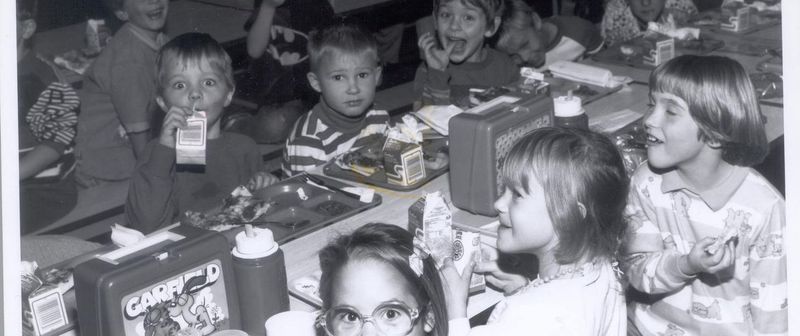
Lunchboxes were treasure troves of sugary snacks and processed foods. Parents packed in chips, candy, and soda without a hint of concern. The focus was on convenience and taste.
Nutrition wasn’t top of mind; a full belly was what mattered. The variety of colorful wrappers was a point of pride for kids.
Today, parents are more health-conscious, opting for balanced meals and limiting sugar. The shift towards healthier eating habits reflects a broader awareness of nutrition’s role in child development.
16. Kids answering landlines to talk to strangers selling vacuum cleaners
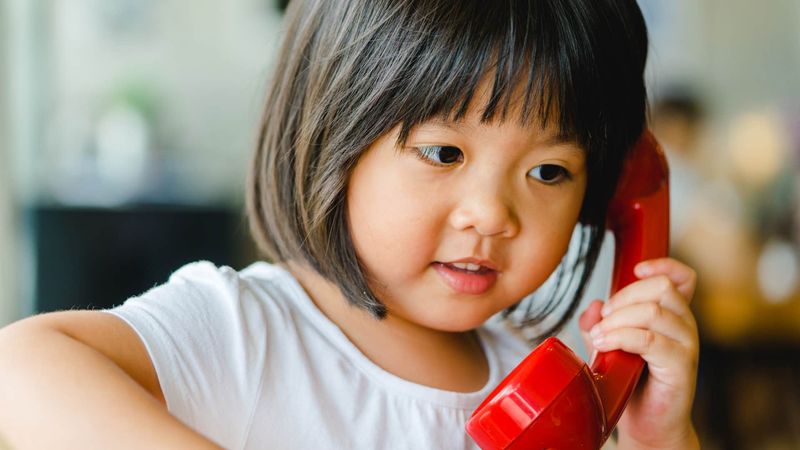
In an age before caller ID, kids often answered the phone to find a stranger on the line, selling everything from vacuums to encyclopedias. It was an opportunity to practice phone manners.
Parents saw it as harmless, a chance for kids to engage in conversation. Little concern was given to who was on the other end.
Today, privacy and safety concerns have shifted perspectives. Children are taught to be cautious with phone interactions, and technology has all but eliminated such unsolicited calls.





